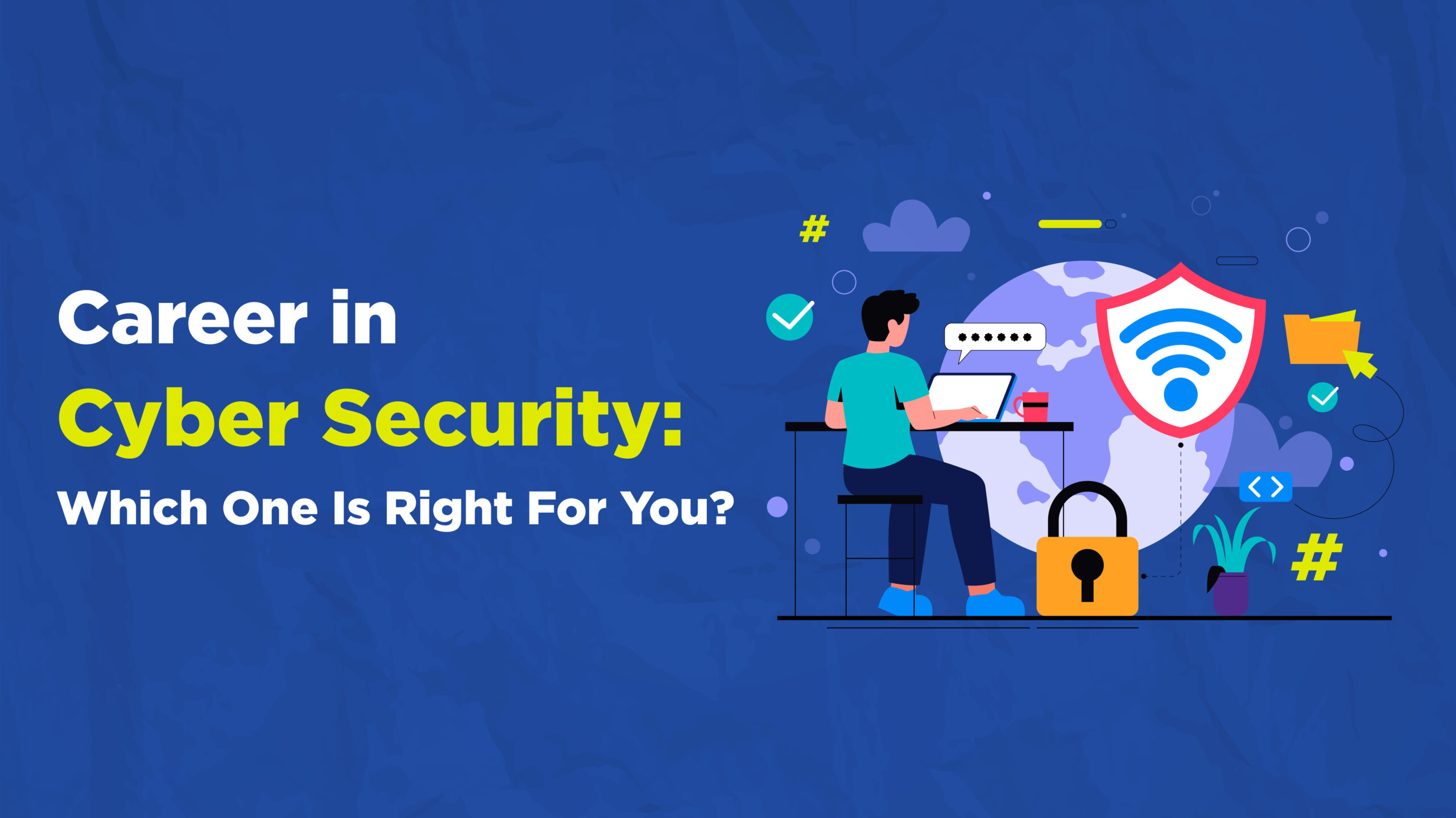what is Internet of Things(IoT) and is this the future?
The digital world is moving super fast, right? And the Internet of Things (IoT) is like this amazing superpower that’s changing everything! Remember those “smart” things that seemed like something out of a movie? They’re real now, and there are tons of them connecting with each other, making our lives easier and even cooler. So, what exactly is this IoT and how can you jump on this hot career train? Buckle up, because we’re about to explore the incredible world of the Internet of Things(IoT) and how YOU can become a star in this exciting field! IoT: Connecting the Unconnected Imagine a world where everyday objects are connected to the internet, communicating with each other, and making intelligent decisions without human intervention. This is the essence of the Internet of Things (IoT). What is IoT? IoT refers to the network of physical objects—“things”—embedded with sensors, software, and other technologies to connect and exchange data with other devices and systems over the internet. These “things” can range from simple household items like refrigerators and thermostats to complex industrial machines and smart city infrastructure. Key Benefits of IoT: Enhanced Efficiency: Automating routine tasks to save time and resources. Improved Accuracy: Providing real-time data to make informed decisions. Increased Convenience: Enabling remote monitoring and control of devices. Why IoT is the Future The impact of IoT is profound, with applications across various sectors: Healthcare: Wearable devices monitor patients’ health in real-time, potentially reducing hospital visits by 25% according to McKinsey. Transportation: Smart traffic systems can cut travel time by 20% in urban areas. Home Automation: Smart homes can reduce energy consumption by up to 30%, enhancing comfort and efficiency. The IoT market is booming. According to Statista, the number of connected devices is expected to reach 30.9 billion by 2025, up from 13.8 billion in 2021. This rapid growth creates a massive demand for skilled professionals in the field, making IoT a promising career choice. Step-by-Step Guide to Building a Career in the Internet of Things Step 1: Lay a Strong Educational Foundation Start with a relevant degree in fields such as Computer Science, Electrical Engineering, or Information Technology. A solid understanding of programming, data analytics, and network systems is crucial. Bachelor’s degree: Computer Science, Electrical Engineering, or Information Technology. Online courses: IoT by skolar Step 2: Develop Essential Skills IoT is a multidisciplinary field. Here are some key skills to focus on: Programming Languages: Python, Java, C, and JavaScript are highly relevant. Networking: Understanding protocols like MQTT, HTTP, and CoAP. Embedded Systems: Knowledge of microcontrollers and IoT platforms like Arduino and Raspberry Pi. Data Analytics: Skills in data collection, processing, and visualization are vital. Arduino and Raspberry Pi: For hands-on experience with hardware. Wireshark: For network protocol analysis. Jupyter Notebooks: For data analysis and visualization. Step 3: Gain Practical Experience Hands-on experience is invaluable. Work on projects that involve designing, implementing, and troubleshooting IoT systems. Participate in hackathons, internships, and open-source projects to build a robust portfolio. Join online IoT communities and forums: Reddit, and Stack Overflow. Contribute to open-source projects: GitHub is a great platform. Apply for internships: Look for tech companies specializing in IoT. Step 4: Stay Updated with Latest Trends IoT is a fast-evolving field. Regularly follow industry news, attend conferences, and take online courses to stay abreast of the latest developments and technologies. IoT-specific news sites: IoT For All, IoT Tech News. Online courses: Platforms like Skolar and LinkedIn Learning. IoT conferences and webinars: Participate in events to network and learn. Step 5: Specialize in a Niche Area IoT encompasses various subfields like healthcare, industrial IoT, smart cities, and home automation. Specializing in a niche can set you apart and open doors to specific career opportunities. Healthcare IoT: Focus on wearable health devices and remote monitoring. Industrial IoT (IIoT): Work with smart manufacturing and predictive maintenance. Smart Cities: Develop solutions for urban infrastructure and smart grids. Step 6: Build a Professional Network Connect with professionals in the field through networking events, online forums, and social media platforms like LinkedIn. Building relationships with industry insiders can provide insights, mentorship, and job opportunities. Attend industry conferences and local meetups. Join LinkedIn groups focused on IoT. Participate in online forums and discussion groups. Step 7: Obtain Certifications Certifications like Cisco IoT Certification, CompTIA IoT+, and AWS Certified IoT can enhance your credentials and demonstrate your expertise to potential employers. Cisco IoT Fundamentals: Networking basics and IoT concepts. CompTIA IoT+: Covers essential IoT skills and knowledge. AWS Certified IoT: Focuses on IoT solutions using Amazon Web Services. Step 8: Apply for Internet of Things Positions Start applying for entry-level positions such as IoT Developer, IoT Engineer, or IoT Analyst. Tailor your resume to highlight relevant skills, experiences, and projects. Use job boards: Indeed, LinkedIn and Glassdoor are great places to start. Follow companies and industry leaders: Stay updated with their latest job postings and industry news. Customize your resume and cover letter: Highlight your relevant skills, projects, and certifications. The Future with the Internet of Things Internet of Things (IoT)? It’s this amazing tech revolution that’s changing the world, and you can be a part of it! It’s not just a job, it’s a chance to build cool stuff that makes a real difference. Sure, it might take some work, but the payoff is huge – you’ll learn tons, make a difference, and be part of something incredible. This guide will show you exactly what to do to launch your IoT career and become a game-changer. So, are you ready to jump in and make your mark on the future? The world of connected things is waiting for you! Read More Blog Here ➜ Explore Our Program ➜




